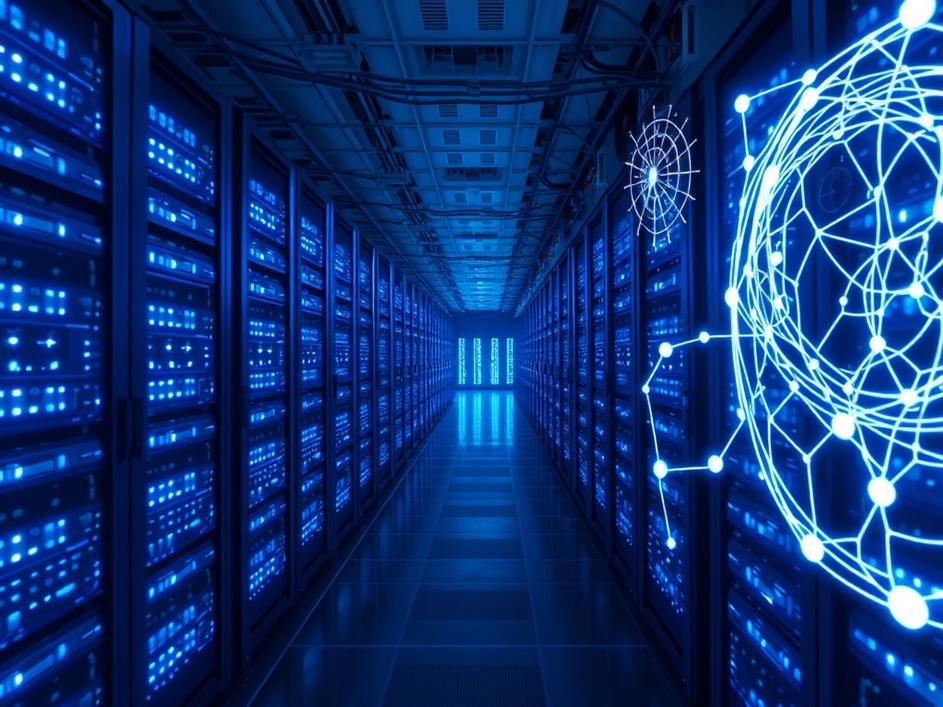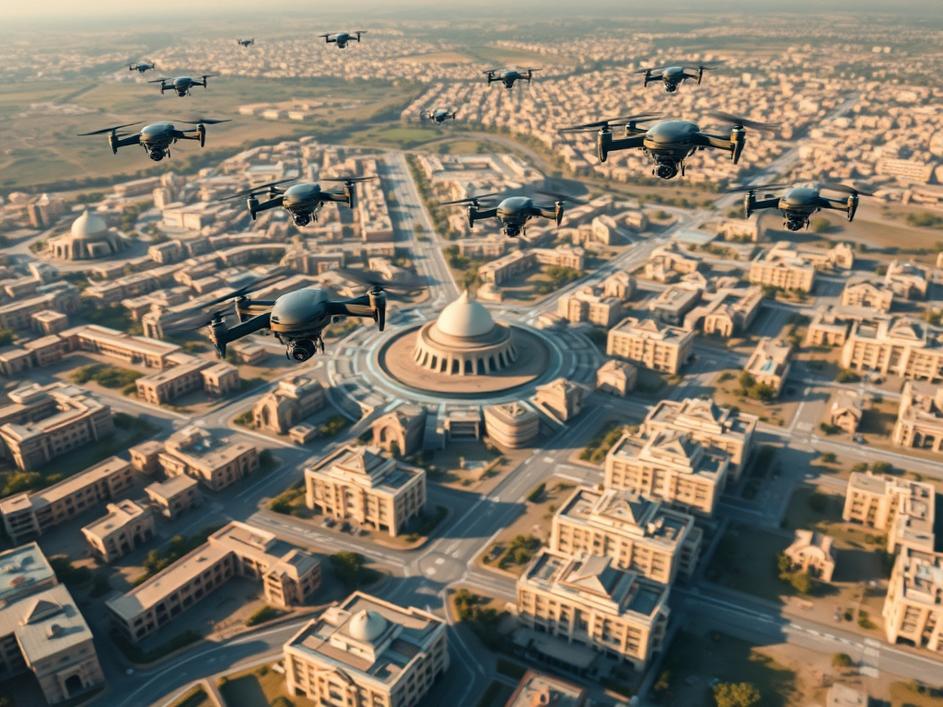


We are a digital agency helping businesses develop immersive, engaging, and user-focused web, app, and software solutions.
2310 Mira Vista Ave
Montrose, CA 91020
2500+ reviews based on client feedback

When you stream a movie, send a text, ask a smart speaker a question, or even just check your email, you’re relying on something you probably never think about: a data center. These aren’t just big server rooms anymore. They are the massive, beating heart of our digital world, the essential places where all our online activity lives, processes, and gets stored. And if you’ve been watching the tech world, you’ll know that these crucial hubs are on a truly explosive path. Recent insights show that the entire data center market is gearing up to soar past a whopping one trillion US dollars by 2035. That’s not just a big number; it’s a clear sign of how deeply ingrained digital technology has become in every part of our lives, and it shows no signs of slowing down. This growth isn’t happening by accident; it’s driven by powerful forces reshaping our world, and understanding them helps us see where our digital future is headed.
What's Included?
ToggleOne of the biggest reasons data centers are growing so fast is artificial intelligence, or AI. Think about it: every time an AI model learns something new, every time it processes a complex query, or every time it creates an image or a piece of text, it needs immense computing power. This isn’t just about storing a few photos; it’s about handling mind-boggling amounts of data at lightning speed. Training a single advanced AI model can consume as much energy as hundreds of homes and requires vast amounts of specialized hardware working in unison. These machines need cool, secure environments and constant power. So, as AI becomes more common – in everything from helping doctors diagnose illnesses to making our self-driving cars safer – the demand for bigger, more powerful data centers grows right along with it. It’s a symbiotic relationship: AI needs data centers to exist, and data centers are thriving because of AI’s insatiable hunger for processing capability.
While AI gets a lot of the spotlight, it’s not the only thing fueling this massive data center boom. Our everyday digital lives are also a huge factor. Think about how much we all use the internet now. Most of us stream TV shows and movies, play online games, work remotely, and rely on cloud services for everything from document storage to complex business operations. Then there’s the "Internet of Things" (IoT), where billions of devices – smart home gadgets, industrial sensors, wearable tech – are constantly collecting and sending data. Every single one of these actions creates data, and that data needs a home. It needs to be stored, processed, and made available instantly, no matter where you are in the world. This constant, global digitization means that more and more digital infrastructure needs to be built, updated, and maintained. It’s truly the hidden engine powering our always-on, connected world, making sure that when you click a button, something actually happens.
Reaching a trillion-dollar market isn’t just about putting more servers in a room. Building and operating these mega-facilities comes with its own set of huge challenges. First, there’s the sheer scale of the investment. We’re talking about billions of dollars for land, construction, and specialized equipment. Then there’s the power consumption. Data centers are incredibly energy-intensive, needing massive amounts of electricity to run the servers and, crucially, to keep them cool. This leads to concerns about sustainability and the carbon footprint, pushing innovation towards more energy-efficient designs and reliance on renewable energy sources. Beyond that, there’s the issue of physical space. These aren’t small buildings; they can be as large as multiple football fields. And finally, you need people – highly skilled engineers and technicians to design, build, and maintain these complex systems around the clock. Overcoming these hurdles requires massive planning, innovation, and ongoing investment, showing just how complex and critical this industry is.
This massive growth in the data center market isn’t just a win for tech companies; it creates a huge ripple effect across many different sectors and impacts all of us. On one hand, it drives incredible innovation. Faster, more powerful data centers mean that new technologies – from advanced medical research to immersive virtual realities – can move from idea to reality quicker. It also means more jobs, not just in building and running the centers, but in all the supporting industries, from construction to energy production to cybersecurity. However, it also brings up important questions. How do we ensure these facilities are built sustainably? What about data privacy and security in an ever-expanding digital landscape? The decisions made in this industry over the next decade will shape our access to technology, the cost of digital services, and even our global environmental impact. It shows us that this "invisible" infrastructure has very real and tangible consequences for everyone.
Looking ahead, the data center market isn’t just going to get bigger; it’s going to get smarter and more integrated. We can expect to see continued innovation in cooling technologies, moving beyond traditional air conditioning to more efficient liquid cooling systems. There will be a greater push towards "edge computing," where smaller data centers are placed closer to where the data is actually generated, reducing latency and improving responsiveness for things like autonomous vehicles. And, of course, the drive for sustainability will only intensify, with more centers running entirely on renewable energy. This isn’t just about meeting demand; it’s about evolving the very nature of digital infrastructure to be more resilient, efficient, and environmentally responsible. The journey to a trillion dollars isn’t just a financial milestone; it’s a testament to our ongoing digital transformation and the endless possibilities that lie ahead.
The journey towards a trillion-dollar data center market by 2035 is a powerful indicator of our increasingly digital future. It reflects not just the rise of artificial intelligence but the complete integration of digital services into every corner of our lives. These vast, humming facilities, often hidden from plain sight, are the bedrock of our modern existence. They are the essential infrastructure that allows us to connect, learn, work, and entertain ourselves in ways that were unimaginable just a few decades ago. As we continue our rapid march into an ever more connected and intelligent world, the growth and evolution of data centers will remain a critical story to watch, shaping not just technology, but our society as a whole. They are, in every sense, the unseen titans powering our unfolding digital future.



Leave a reply